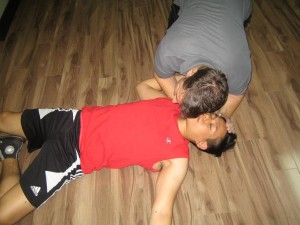Fort McMurray First Aid in Alberta is an affiliate of workplace approved that offer quality CPR training for the cheapest rates in the city. Despite offering training for very affordable rates, the quality of the training students receive is still top-of-the-line. Only the best trainers teach the students are Fort McMurray First Aid. Students can easily apply for a program because the training facility can be reached easily by public and private transportation.

Enrolment details
Students can sign up for any of the training programs in the main training facility or in the comfort of their own home. The most popular way to enrol for students is on the Fort McMurray First Aid website, using the enrolment form. Other ways that are encouraged by the Fort McMurray First Aid administrative staff are through telephone call, e-mail, and walk-ins.
Paying the fees
Fort McMurray First Aid differs from other providers by allowing students to pay the entire training fees during enrolment or any time before classes start. This prevents students from getting distracted about the fees they have to pay. The total expenses cover a comprehensive list of fees to be paid: tuition, taxes, certificates, and manuals. Registration with workplace approved is also included.
Should a student drop out of the program, full reimbursement will be given as long as the staff was informed at least three days before.
- In this photo, the rescuer is opening the victims airway with the head-tilt-chin-lift technique.

Starting CPR training
CPR training at Fort McMurray First Aid has three categories students can choose from: CPR A, CPR C, and CPR HCP. CPR A teaches students CPR for adult victims; CPR C teaches students adult and pediatric CPR; and CPR C is targeted towards health care professionals and providers, teaching students adult and pediatric CPR.
All of these categories teach students how to use automated external defibrillators or AEDs. AEDs are used during CPR to give electrical shock to the heart. Pediatric CPR teaches students how to perform CPR in infants, toddlers, school-age children, and younger teenagers.
First aid training
First aid training is also available, running over two-days in a 14-16 hour program. The first aid program covers basic first aid topics, focusing a lot of time on skill building. Topics included in the curriculum are:
- CPR and AED
- Wound care
- Bandaging
- Splinting
- The EMS system
Did You Know?
Bell’s palsy
Bell’s palsy is a nerve problem that causes the muscles in the face to droop. This causes one side of the face to have slow reaction time and be difficult to move. The cause of Bell’s palsy is unknown but damage to the facial nerve (cranial nerve V) such as inflammation or trauma can manifest in Bell’s palsy symptoms.
Certification
To receive their certification, students are required to complete the following: 100 percent attendance, good demonstration of skills, and at least 75 or higher on the written exam. The certificates are valid for three years, after which a student has to enrol in a recertification program before expiration.
Recertification program is available throughout the week, 4 hours long. Recertification is only available for CPR C and HCP. There are no recertification programs available for CPR A.
